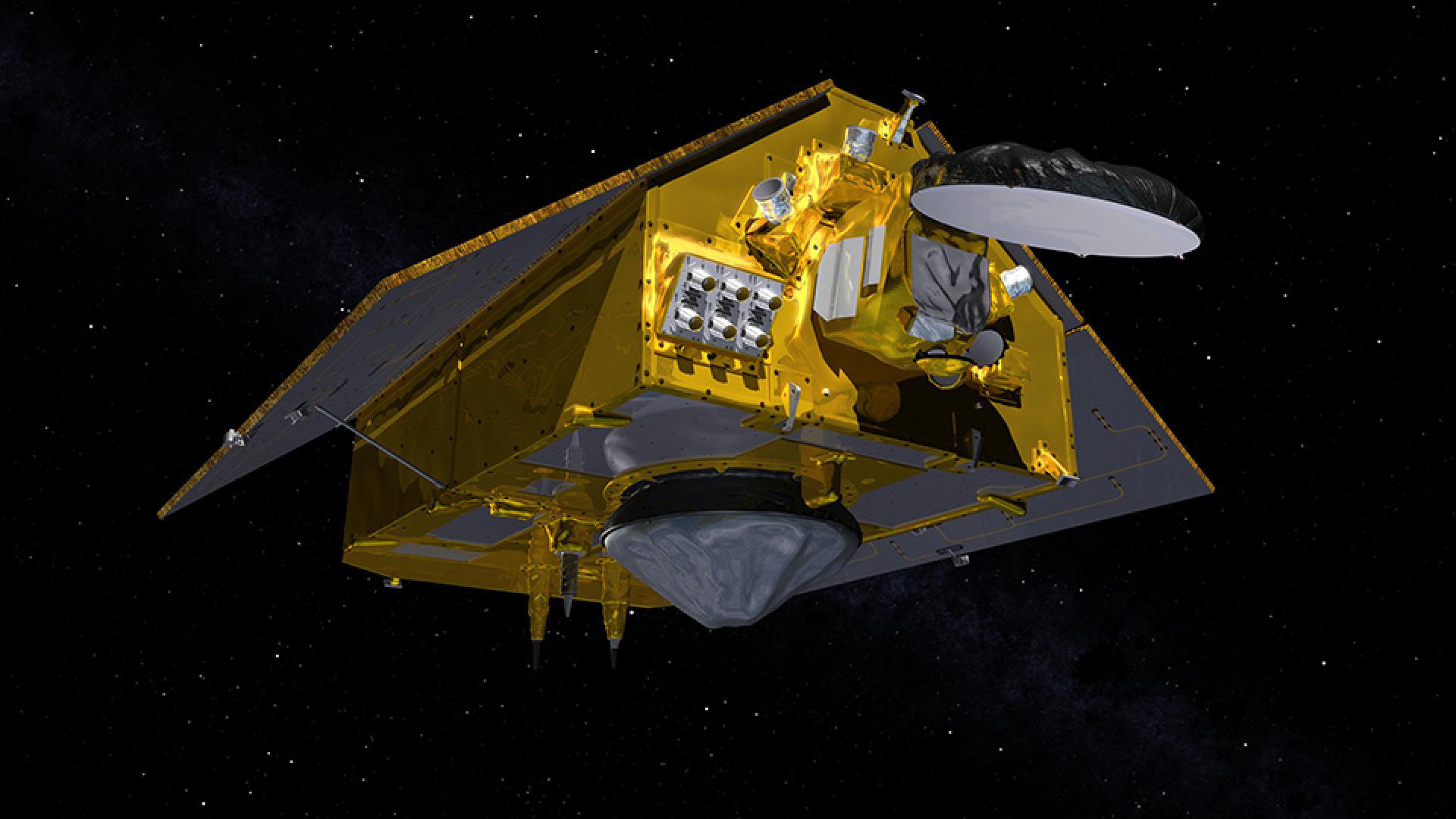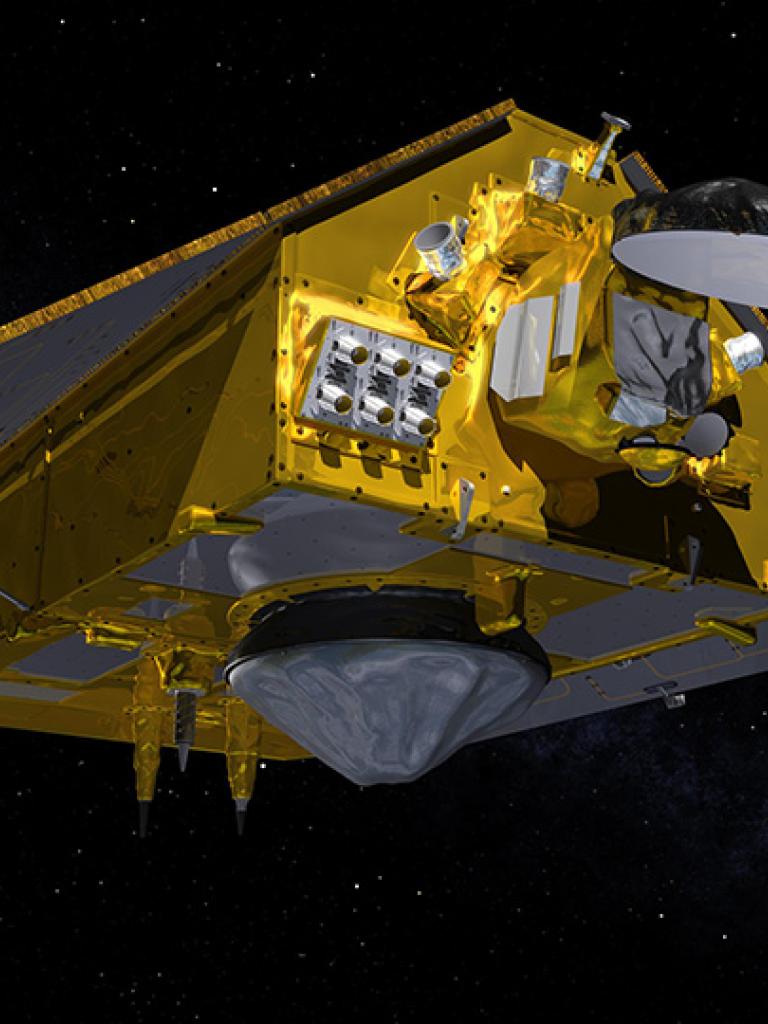
Sentinel-6 radio occultation mission


Today we’d like to introduce you to one more member of the EUMETSAT Sentinel-6 mission team, Axel von Engeln, who is a Remote Sensing Scientist for Radio Occultation.
15 December 2022
04 November 2020
The Global Navigation Satellite System (GNSS) radio occultation instrument carried on board the satellites will provide important measurements in support of climate monitoring, Numerical Weather Prediction (NWP) and atmospheric research.
“The radio occultation mission was not part of the Jason-2 or -3 missions and was originally not planned for Sentinel-6 either. However, its value is increasingly being recognised and so it was added as the satellite planning progressed. It is a small and highly precise instrument needing little power, which certainly helps!” Axel commented.

The Sentinel-6 radio occultation mission will provide around 800 occultation measurements a day, in addition to the roughly 1800 observations per day currently provided by the EUMETSAT Polar System (EPS).
The resulting radio occultation data is processed in two streams. Near-real-time (NRT) data is processed by the NASA Jet Propulsion Laboratory, delivered to users within a few hours after capture, and used in weather forecasting. Non-time-critical (NTC) data is processed by EUMETSAT and provided about three weeks after capture. These data are unique, highly precise and are mainly targeting re-analysis purposes in climate models, such as those used at the European Centre for Medium-Range Weather Forecasts (ECMWF).
Axel added: “The data are now so accurate that when we tried to plot observations from different occultation instruments, the plot lines actually overlapped each other in the core region and almost became one, because the bias is so small”.
For more information on the mission, visit the dedicated Copernicus Sentinel-6 microsite.